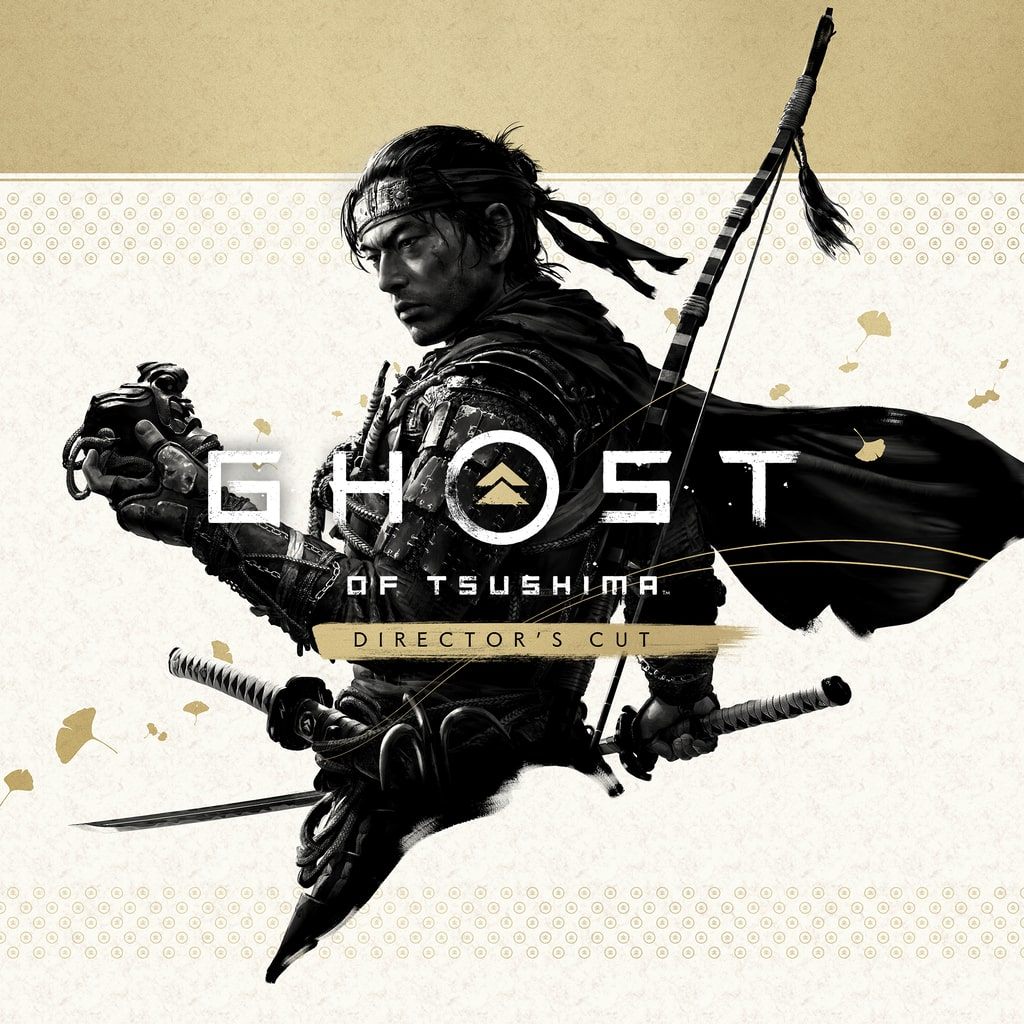Key Highlights
- The Director’s Cut introduces marginal refinements like the Iki Island expansion but fails to reinvent the experience established in the original Ghost of Tsushima.
- Sucker Punch Productions relies heavily on clichéd samurai cinema tropes, sacrificing meaningful innovation in crafting an open world game.
- Despite its shimmering landscapes, Tsushima Island epitomizes open world fatigue, with environments and activities feeling monotonous over time.
- Jin Sakai’s character evolution is hampered by shallow development and storytelling that lacks unpredictability.
- While the Iki Island expansion provides additional content, it doesn’t contribute any groundbreaking substance or lasting impact.
- Though widely praised, the game pales in comparison to compelling rivals in the action-game genre like Red Dead Redemption II.
Introduction
Ghost of Tsushima lets you step into the time of the Mongol invasion in feudal Japan. It puts you in the middle of Tsushima Island. The world you find here looks wide and full, but after a while, things may feel about the same and a bit easy to guess. Many people love the way the game looks and how it connects to samurai cinema. You can get it from the PlayStation Store. Some fans who try the Director’s Cut version think it cares more about looks than bringing big changes to the open world style this game uses so much. Does Jin Sakai’s story grow into something truly great, or does it follow what has already been done before?
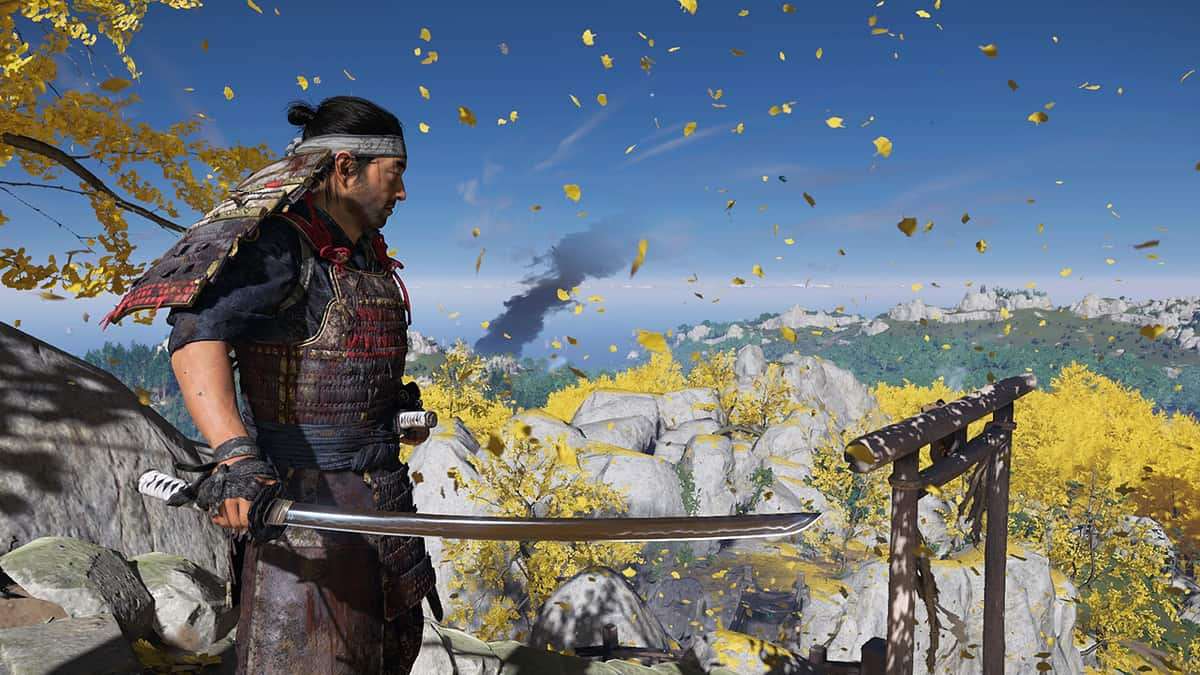
Exploring the Essence of Ghost of Tsushima DIRECTOR’S CUT
At its heart, the Director’s Cut of Ghost of Tsushima works to hold on to the feeling of the original game. Sucker Punch Productions brings players back to Tsushima Island and adds several new features. These include the Iki Island expansion and updates that use the PS5’s DualSense controller better. Still, the game seems to stick closely to what the first one did.
The way the game is made follows the pattern seen in many open-world games now. People get rewards for going off and exploring, but there are also too many similar quests and enemy camps. Anyone who hopes for big changes in this Director’s Cut from Sucker Punch will find that it is a better-looking version of the same game. There are some bright moments in the visuals and new game features, but they do not bring anything truly new in the end.
The Game’s Vision and Artistic Direction
Sucker Punch Productions puts a lot of heart into bringing the look and feel of old samurai cinema to Ghost of Tsushima. You can see touches from Akira Kurosawa right away, especially if you turn on Kurosawa Mode. In this mode, the game world changes and shows only black-and-white shades. But this tribute sometimes keeps the game stuck in the past. The visuals copy old films instead of bringing something new.
You will see Tsushima Island shine with gold suns, deep green woods, and moving rice fields. These sights are beautiful and look straight out of a movie, but they don’t bring more to the way you play the game. With all its beauty, Tsushima Island still feels like it has no real meaning under the surface. It looks great, but there is not much going on with the main ideas.
Every duel reminds you of Kurosawa’s close and gripping fight scenes, but they do not feel like they have real results. People who play the game might enjoy what they see, but they do not feel a real pull into what is at risk. Sucker Punch aims high for style, but it does not come together well in the story or design. The game world feels a lot like other things before, not as bold or fresh as you would hope.
Historical Inspiration and Accuracy
While Ghost of Tsushima is set in feudal Japan during the Mongol invasion, many people question how close it sticks to real history. The story shows off things like katanas and haiku as important cultural parts, but these things do not really fit that time. This shows that Sucker Punch brings a Western view to Japan’s past.
Lord Shimura is shown as the strong protector of Tsushima Island. But even the way he is shown falls into common ideas about samurai honor, instead of diving into the real lives and problems of the time. This keeps the story from looking deeper into feudal Japan and what life was really like.
How the game shows the Mongol Empire is a problem as well. Khotun Khan leads with power and fear, but he is more of a simple bad guy. The game does not show the smart ways or deeper actions of the Mongols during the invasion. Ghost of Tsushima takes a deep and interesting point in history and turns it into a simple place for its gameplay, missing a chance to offer more real and gripping parts to its story.
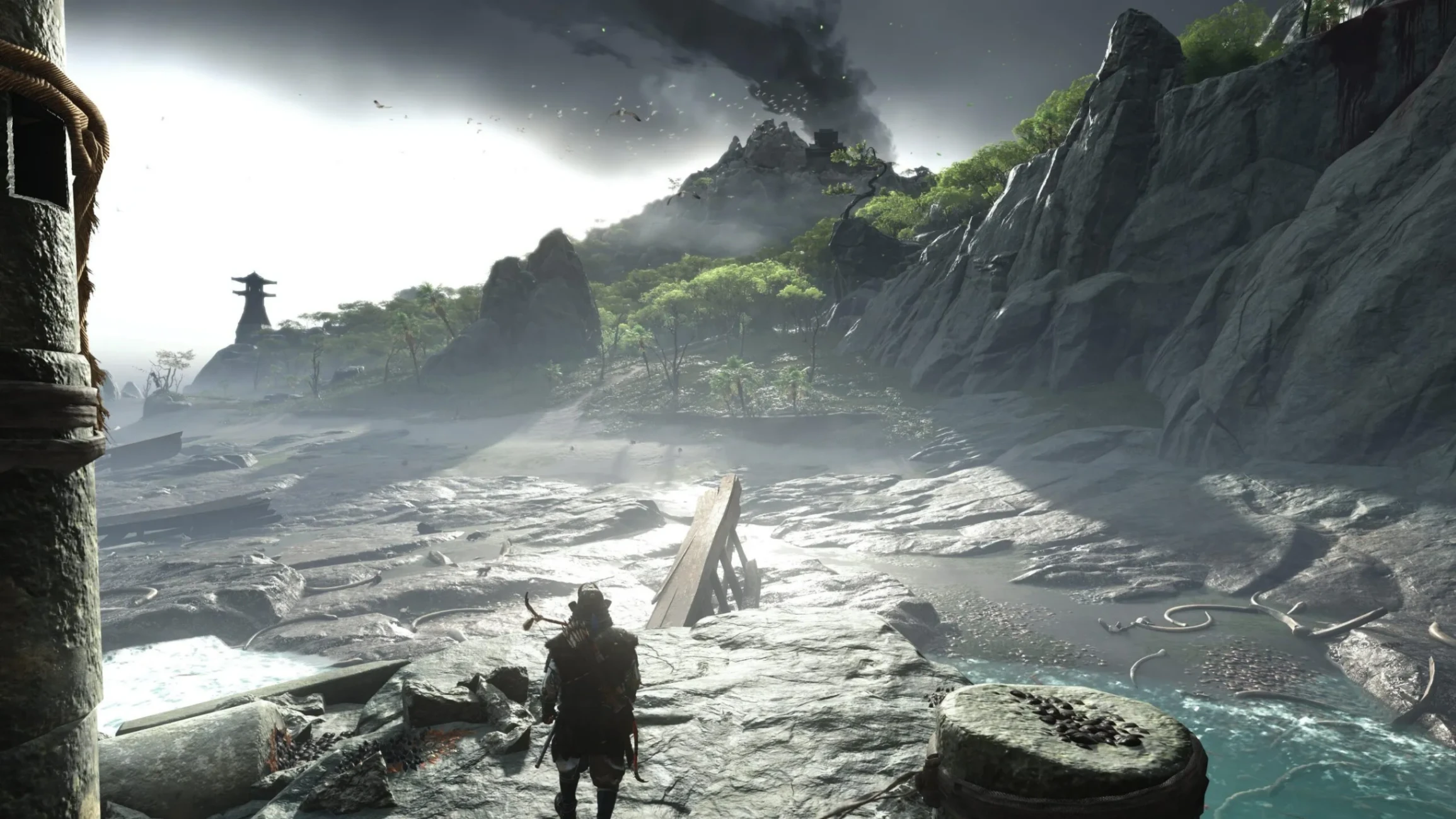
Storytelling in Ghost of Tsushima
The story is about Jin Sakai, who is a samurai caught up in an unconventional war with Mongol invaders. The tale shows how Jin changes from following strict rules to becoming the “Ghost” of Tsushima. But the main idea does not really go any deeper than this.
Jin’s new path to freedom is full of expected moments that do not really stand out or excite people. The big drama of the Mongol invasion is not as strong as it could be because the story keeps to simple character arcs and endings that anyone can guess. This leaves people who play the game wanting something more bold from the story.
Narrative Structure and Themes
The story is about Jin Sakai. He is caught between following the samurai code and facing the harsh facts of freeing his land. Jin fights against the Mongols. His actions show his search for himself. The story has some good ideas, but there are not any big turns or changes. It follows well-known story paths.
Jin wants freedom for Tsushima. His bond with his uncle, Lord Shimura, makes the struggle between his duty and his loyalty stand out. But most problems in the story end in ways that are easy to guess. This takes away from what could have been strong and deep drama.
The plot tries to question ideas about honour and giving up things in war. Still, moving through the story starts to feel much the same. Ideas like family history, as well as fighting with inner pain, show up for a while, then get pushed aside so the story can keep moving step by step. This leaves little strong feeling to hold on to.
Character Development of Jin Sakai
Jin Sakai’s change from being a samurai from Clan Sakai to becoming the “Ghost” warrior is shown as personal growth. But his story does not go very deep or make you think much about him.
When Jin and Lord Shimura talk, the game tries to question what Jin believes in. Still, these moments are not very hard to follow. Jin’s fight against what his clan stands for does not feel natural. When he starts acting as the Ghost, it feels like he just moves from one label to another instead of breaking free.
The “Ghost Stance” feature in the game is a good example of this. It looks cool on screen, but it does not help Jin have more feelings or thoughts. This does not make you think more about what is right or wrong, and it makes it hard for people to really care about him and his story.

Gameplay Mechanics and Innovations
The gameplay in this action game is all about fighting and sneaking around. You get to move through the open world with a mix of smart choices and teamwork. But the Director’s Cut does not bring any big or new changes to the main ideas here.
The game uses well-known things like katana fighting and stealth tactics. You also use smoke bombs a lot. This makes you notice the limits of what this genre can do. No matter if you are in a fight or trying to stay hidden in enemy camps, the gameplay does not give you what you would expect from new action games.
Combat System and Katana Mastery
The combat system in the game is all about how good you are with a katana. You have to get the timing right and think about what you do next. When you make successful attacks, it feels great. But over time, the way the game works starts to feel old because it does not have enough to keep you interested for a long time.
You get four stances to use – Stone, Water, Wind, and Moon. You pick one based on the type of enemy you face. These choices are some of the few good parts in a system that otherwise feels the same over and over. The fights do move in a smooth way. Some moments will get your heart pumping. Still, this game does not reach the level of depth or excitement found in other top action games.
In stories, samurai warriors with katanas should feel larger than life. They have power and carry a big presence. But in Ghost of Tsushima, this feeling is missing. The fights may look good, but they do not have much feeling behind them. The battles can quickly stop being fun to watch or play, as they lose their appeal fast.
Stealth and Samurai Tactics
Stealth tactics let you avoid open fighting. You can take out threats quietly. But in this game, this way to play does not live up to what it should be. It often feels boring and is not well made.
The game brings in new tools, such as smoke bombs and grappling hooks. These should help create more exciting ways to play. But when you use them, the same type of stealth missions repeat again and again. Over time, this makes the game less fun to play.
Even though the main character talks about using unconventional war moves, Ghost of Tsushima does not really show a clear difference between samurai honor and the need to survive. Because of this mix-up, the gameplay loses what could be great stealth moments.
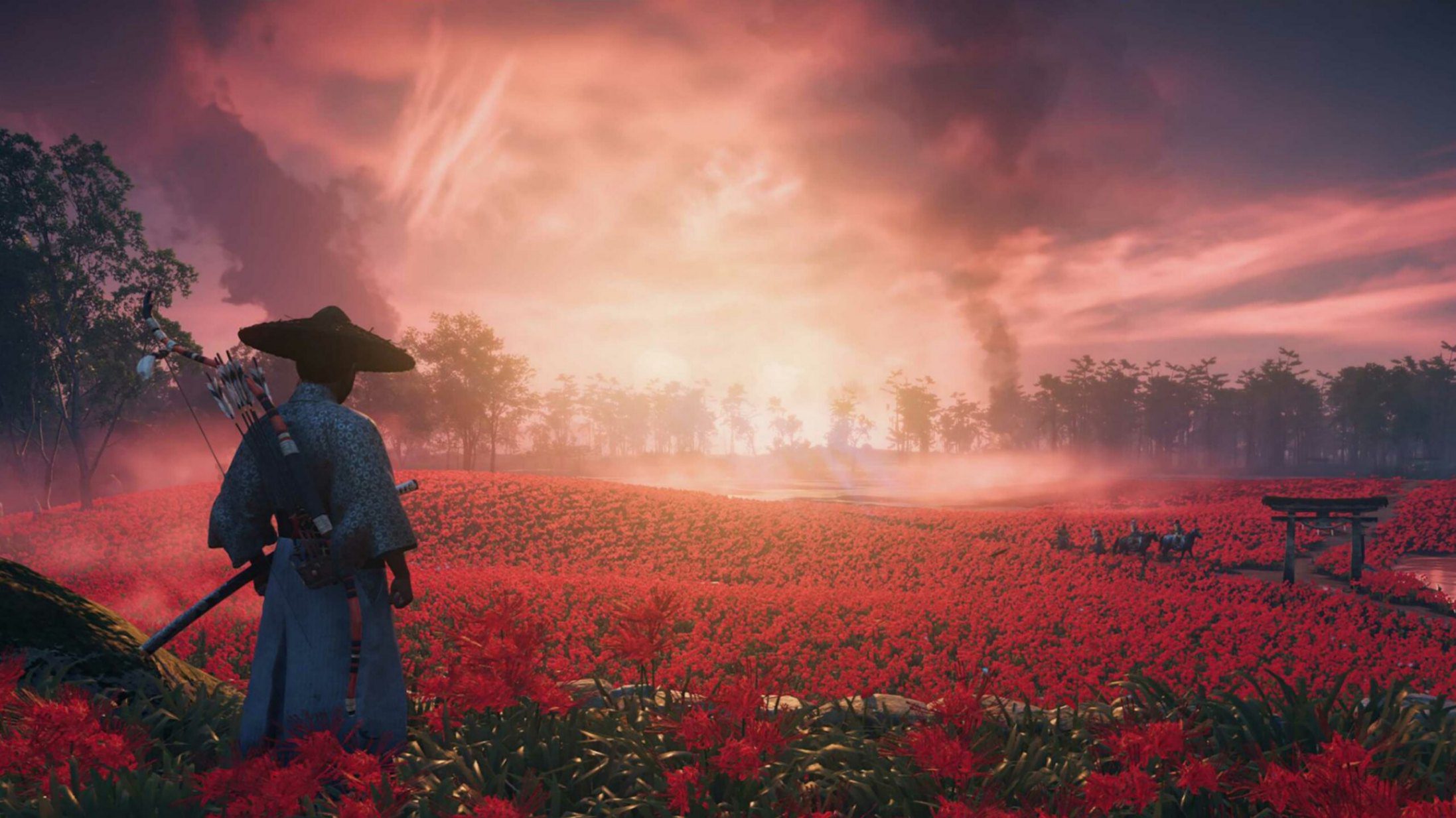
Visuals and Audio Design
The Director’s Cut makes the graphics and audio look and sound better, but it mostly feels like just a new layer on top instead of real change. You can see nicer sunsets and clean landscapes. But it does not bring new or different ideas to how you play the game.
The music in it tries to bring out feeling, and the voice acting tries to make the story strong. Even so, these things do not stay with you for long. The whole experience looks nice and is smooth, but it counts too much on looks and sound instead of a deep story that means something.
Graphics Enhancements in the Director’s Cut
The better graphics in the Director’s Cut help show the beauty of the open world on Tsushima Island. Players can see amazing views, like misty woods and calm beaches. But even with all this new detail, Tsushima Island can still feel a bit the same as you move through it.
The soft lights help to set a mood in the game, but sometimes the look of the game seems more important than the way it is played. The beautiful effects do not always make the simple tasks in the game feel more fun.
These upgrades do show off what the game can do, but they do not really add new excitement to the Ghost of Tsushima world. Many players will notice the wonders of Tsushima, but they might want more reasons to get involved in the open world.
Soundtrack and Voice Acting
The soundtrack uses tunes that come from samurai cinema. This matches the game’s theme and builds an audio feel for the players. But most of the tracks do not stand out. They are not easy to remember and do not make a big impact.
The voice acting is a small bright spot. The feature of Japanese lip sync makes the game feel more real and is good for immersion. But it does not do much because there is too much repeated speech. The voice work helps give scenes feeling sometimes, but not all the time.
These parts of the game are done well. Even so, they do not really keep people interested or make the open world less filled with things we have all seen before.
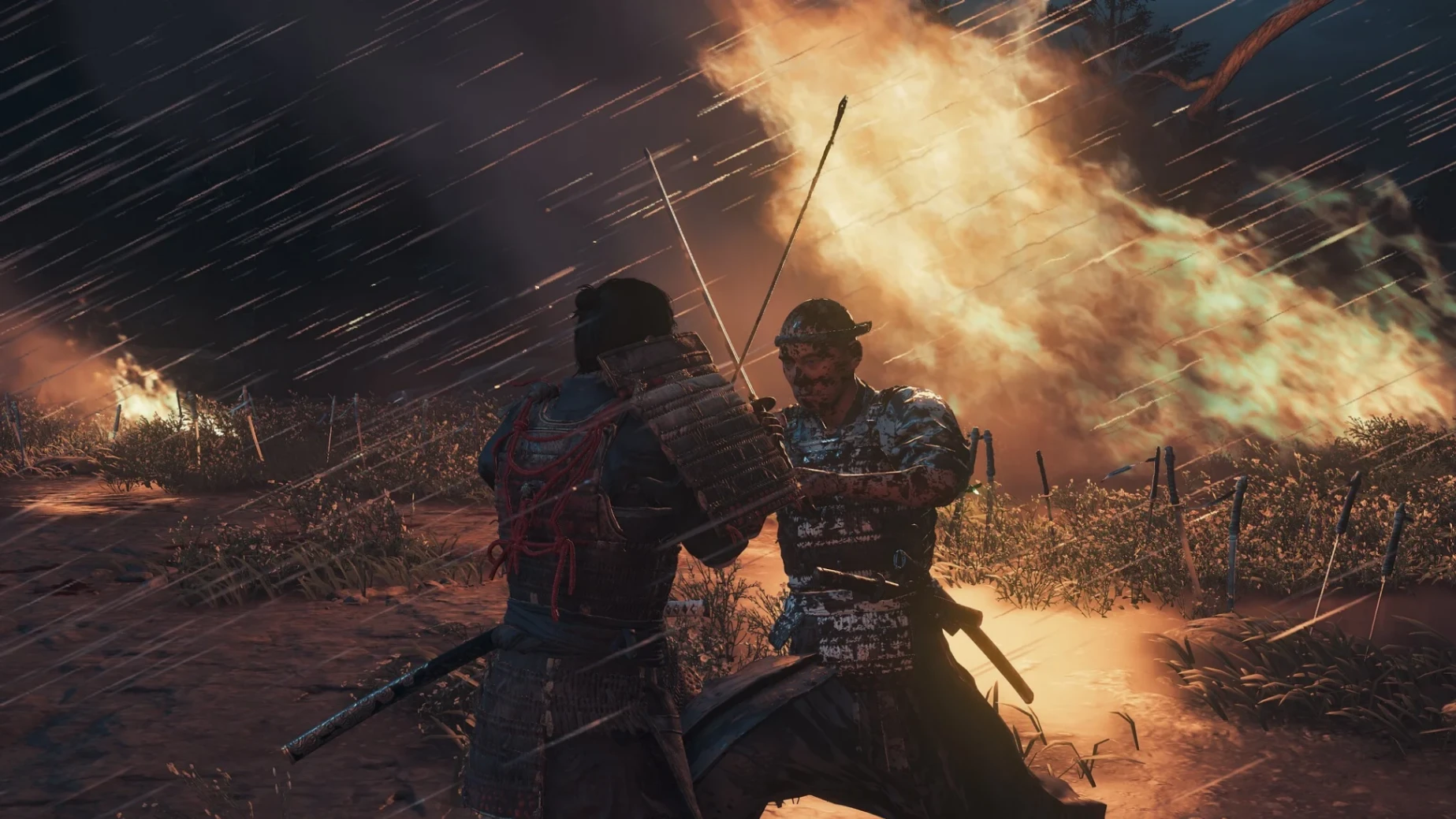
Open World Exploration
Exploring the open world of Tsushima Island can feel empty at times. Sucker Punch seems to focus more on how the game world looks instead of how players interact with it. As you take on stealth tactics and fight the Mongol invaders, you may notice that side quests and collectibles can get boring because they often feel the same. Even though the open world is full of detail, it can start to feel like work instead of an exciting adventure. Players might find themselves wanting more than just pretty scenes and quick fights. They may want a deeper and more meaningful experience in the game world.
The Island of Tsushima: Environments and Regions
The island of Tsushima looks beautiful, but this hides the problems it has. You see lots of green places and different types of land. These look good, but after some time, they just seem to be pretty backgrounds for the same types of tasks over and over. The open world in the game might make new players want to explore, but soon, many will see there is not much to do in each area. Most places do not have things that feel real or new.
There are not many times when you feel surprised or drawn in by what happens in the world. The areas usually follow what you expect to see in other video games. They could do more to make things fresh. Even though Sucker Punch had big plans with this open world, you see their good ideas here and there, but these aren’t enough. In the end, a lot feels missing on the island of Tsushima.
Dynamic Weather and Day-Night Cycle
The changing weather and day-night cycle in the game try to seem real, but they can feel a bit flat. Rain looks good and helps set a mood, but it does not really help you much in the open world of Tsushima. It does not add much to the gameplay or how much you get pulled into the story. Sometimes, things like rain can cover up what is happening and make stealth tactics harder. There could be more ways for these changes to affect you as a player. The makers have not used this idea as much as they could, so the game can seem like it does not have enough depth.

New Features in the Director’s Cut
Many people were excited about the director’s cut of this open-world game. But some players think the new features do not meet their hopes. The Iki Island expansion brings some more things to do, but a lot of people say it does not have much depth. The way Iki Island is made feels okay, but not great, and does not live up to what you would want from Sucker Punch Productions. The haptic feedback in the DualSense controller gets mixed feedback. Some think it is fun, but others say it feels more like a trick instead of making you feel part of the game. This new version of Ghost of Tsushima does not bring many big changes. Because of this, some people are left asking if they really got their money’s worth for buying the updated release from Sucker Punch, even with the Iki Island expansion.
Iki Island Expansion Overview
The Iki Island expansion was highly awaited, but it does not add much to the main game, Ghost of Tsushima. It feels like the makers, Sucker Punch, just added it as another feature. This makes it seem more like a checklist task and not real improvement. There are new places to visit on Iki Island. But they do not have the same life and energy that you find on the island of Tsushima. Many of the things you can do are too much like each other, which takes away from the excitement.
The story looks at Jin Sakai and what is going on in his mind, but it does not go very deep. Instead, it is easy to see what will happen next and does not give you anything new except for nice views to use your stealth tactics. In the end, what Sucker Punch gave us mostly feels like old content. It tries to look like something new but does not bring real change. After playing it, you may find yourself wishing for more and better updates.
DualSense Controller Integration (PS5)
The use of the DualSense controller in this open world game gets a lot of talk, but it may not live up to the hype. The haptic feedback and adaptive triggers are said to help you feel more in the game, but the experience is not that strong. Many players could find the way the controller vibrates and how it offers resistance to be little more than a trick. It does not really make the story of Jin Sakai and his fight against the mongol invaders better. When some people look at other open world games like Red Dead Redemption, they think this game did not go far enough. Sucker Punch Productions seems to want to do something new, but for many who play games a lot, this feature feels just okay and may not bring the needed changes.
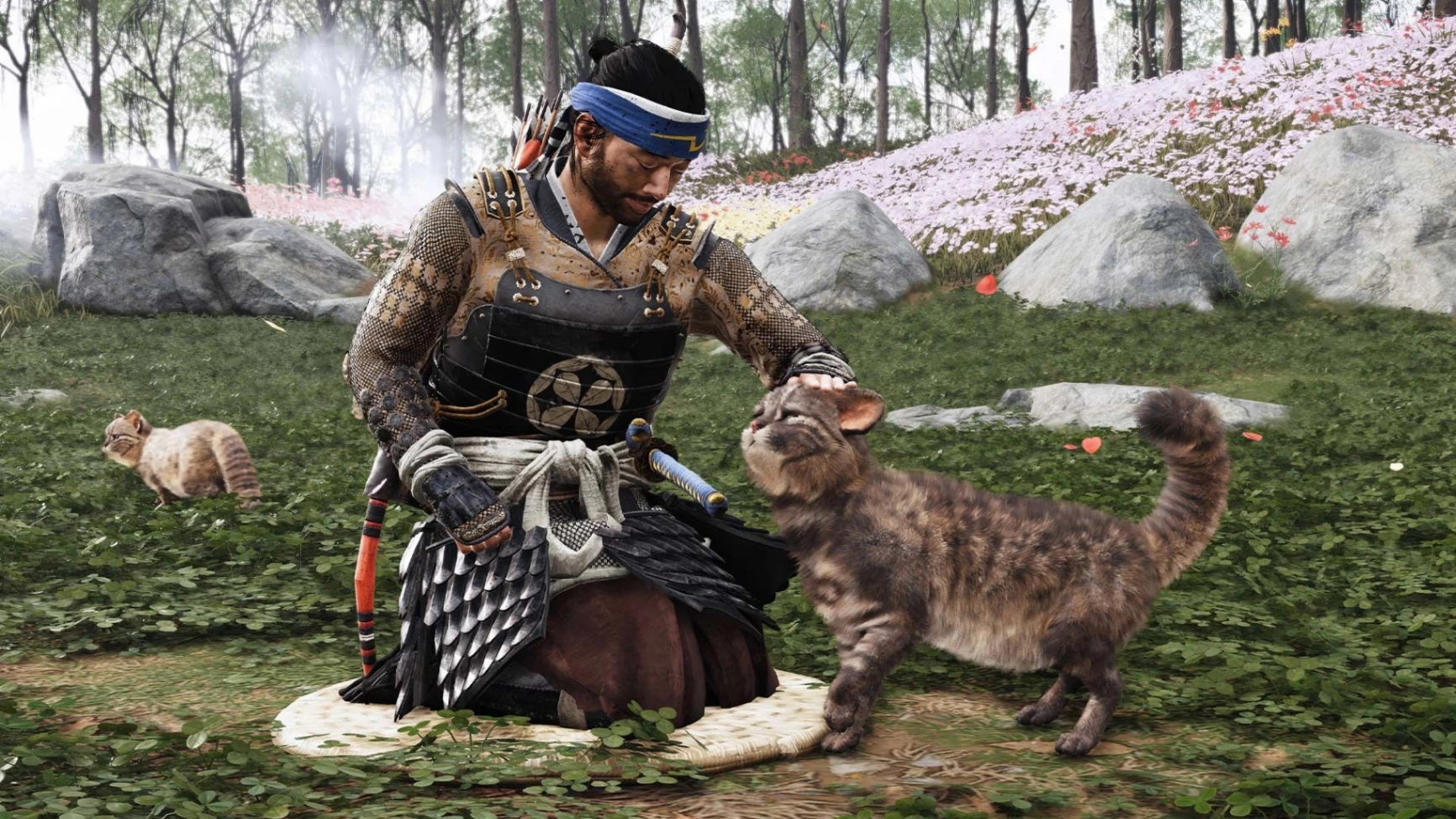
Cultural Representation and Authenticity
The way cultural things are shown in the game sometimes feels shallow. Sucker Punch Productions did try to make it feel real. But to some people, the small details of feudal Japan can feel more like common ideas than true life. For example, the language choices and Kurosawa Mode do look cool, but they may seem like extras instead of big parts that lift the whole game. The game can also make samurai culture look better than it was, which can take away from how serious the Mongol invasion was. Players might start to wonder if there is any real depth under the bright look of Tsushima Island, a place where real stories and made-up ones mix.
Traditional Japanese Elements
The game wants to be real, but the Japanese parts in it can feel like decoration only. The way tsushima island looks does match its history, and the buildings also seem true to what would be found back then. Still, the small details about the culture do not go very deep. The game talks about the samurai code, but how it is shown does not have the strong feeling people connect with real life in feudal japan. Instead of letting people feel real Japanese folklore, sometimes the game uses these ideas in a way that feels old and expected. The makers try to show there is a link to akira kurosawa movies, and that is a big goal, but how they do it could be better. They risk making a rich culture too simple by taking this path.
Language Options and Kurosawa Mode
Limited language options can take away from the real feeling of the open world experience. Many people like that Kurosawa Mode lets them see the action through a movie-like look, but some say it feels more like a trick than a true nod to the old movie style. The beauty of feudal Japan loses a bit of its shine with these picks, which can put off people who do not know much about the cultural details. The effort to have proper Japanese lip sync seems small when looked at in the wide, open world around it. Because of this, many may want a deeper story in the game.
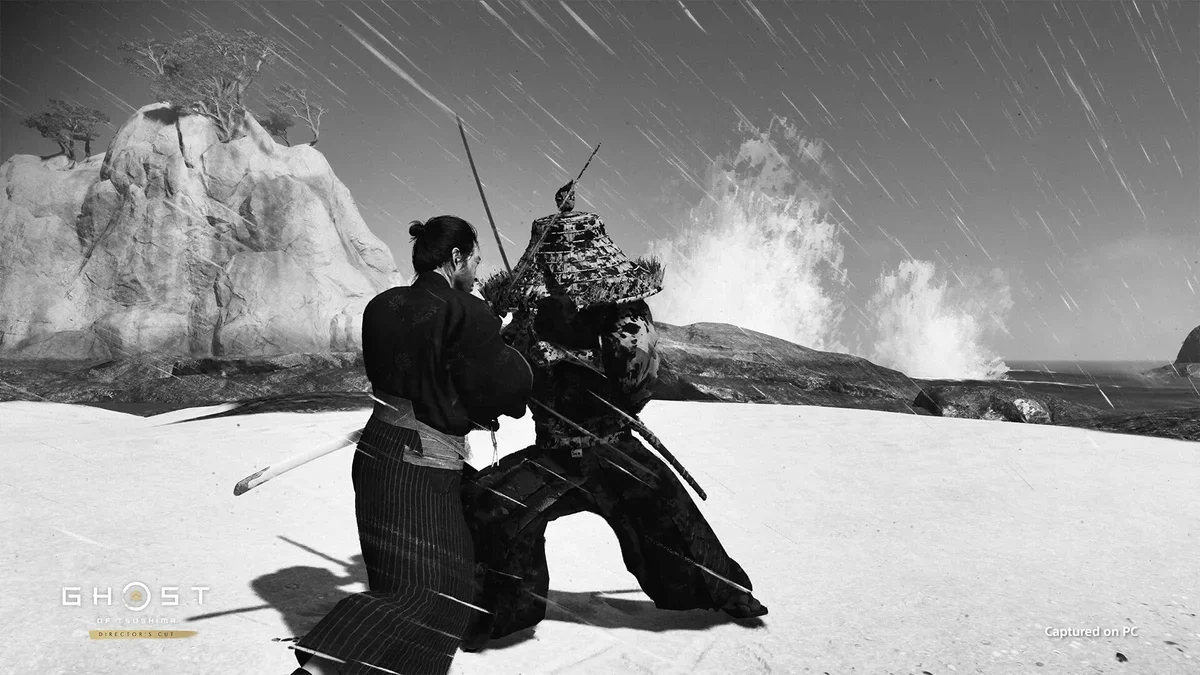
Side Quests and Activities
In this open world, there is a lot to do. Still, most side quests do not feel exciting or special. They do not pull you in or make you care much. On the island of Tsushima, you can find mythic tales, but many of them lack depth. Most of the time, they feel like another task you need to do, not a story that grabs you. Collectibles are out there for people who want to get it all, but these do not feel rewarding to find. They just seem made for checking off a list.
Away from fighting, the game can feel the same over time. This leaves many of us wanting more. Many people wish there were better talks, better stories, or something that shows more about the hard times fighting the Mongol invaders and life in feudal Japan.
Mythic Tales and Their Impact
Even though many people find mythic tales interesting, their effect in the story of Tsushima Island is not as strong. These stories come from old Japanese folklore. They often just pull you away from the main focus on war and honor. There is a heavy use of these mythic elements, and it seems like it is there to cover up a lack of deep characters and emotional moments. Players might want a better story that feels real. They may hope for more about true samurai beliefs, not just magical stories that do not connect well in this world that is full of the pain and hard times from the Mongol invasion.
Collectibles and Exploration Rewards
The game is full of collectibles, but they often feel like simple distractions and not real rewards. When people go after these scattered items, it can get them to spend more time in the game’s large world. Still, the excitement goes away fast because the things found are the same again and again. The rewards for exploring, like new looks or small boosts, do not give much real change to how you play. It makes people wonder why they should keep searching for them. These game features look like they are there just to make you play longer, not to truly make your time with the story of Tsushima deeper or more memorable.
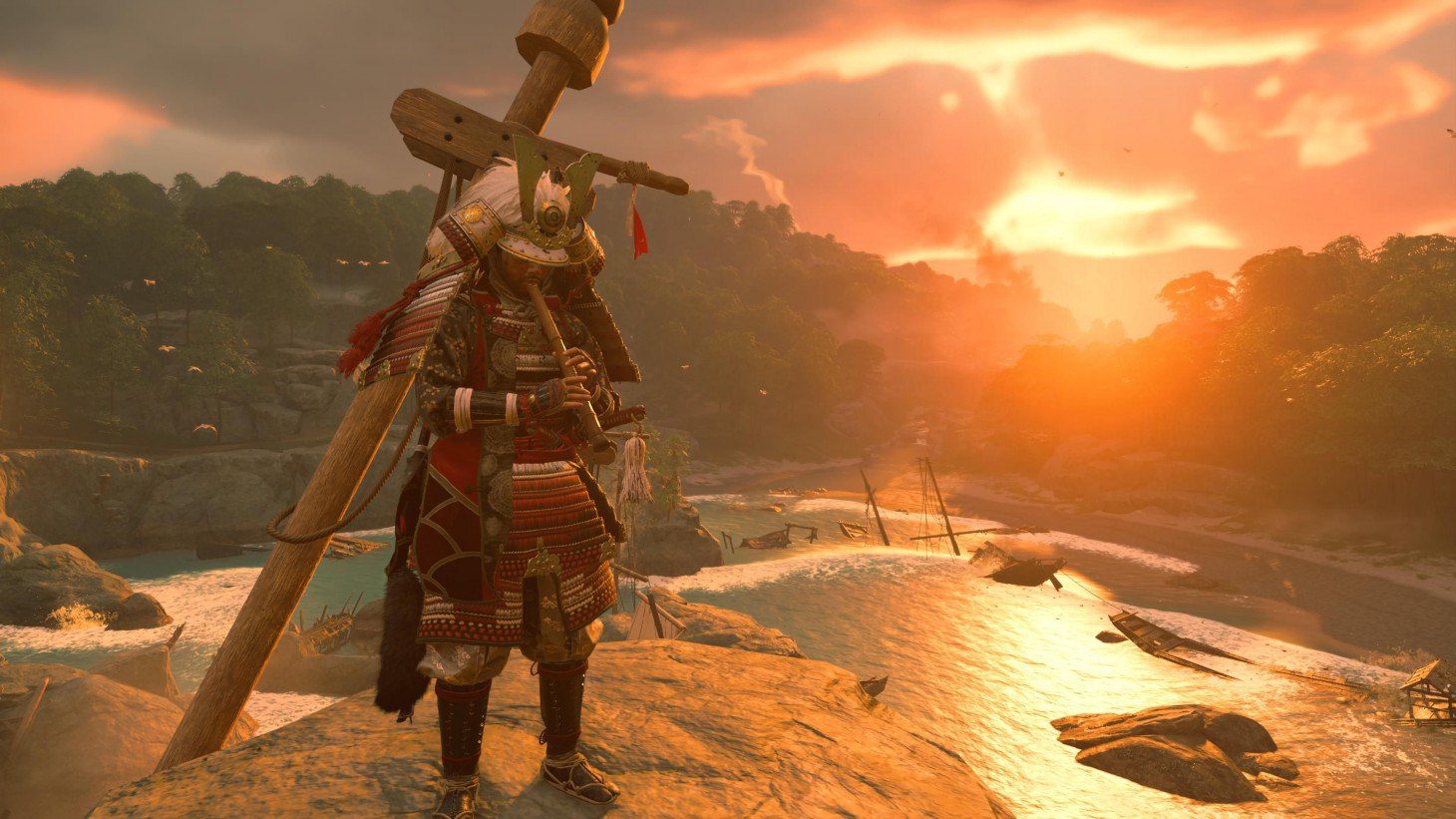
Technical Performance and Platform Comparison
Even though many people talk about the great graphics and how real “Ghost of Tsushima” feels, the game has some problems with how it runs. A lot of players notice that the game can slow down, especially on the PS4. The big world in the game can be tough for the hardware. The version on the PS5 makes load times faster and makes things look sharper. But it does not fully reach the level that games like “God of War” set. The way it works is not always steady, and this stops the action game from reaching all that it can in stories about feudal Japan. Some players start to wonder how well it will be remembered compared to other games in this style.
Differences Between PS4, PS5, and PC Versions
Even though people thought there would be big improvements, the changes between the PS4, PS5, and PC versions of this action game are not as big as many hoped. The PS5 does have better graphics and faster loading because of its SSD. But when you play on the older PS4, you may notice it does not run as well, which can take away from how real the game feels. The PC version lets people change some things to their liking. Still, it does not make the most out of the special setting of Tsushima Island. In the end, these small changes leave fans wishing for more.
Load Times, Resolution, and Frame Rate
Even though the island of Tsushima has beautiful views and settings, many people run into problems when playing. Load times on the PS4 version be very long. This can break the flow of the story and take players out of the game. On the PS5, the game looks better and runs smoother. But some say these changes do not make it worth the cost of a new console. There are also many complaints about the frame rate dropping during tough stealth tactics. This issue makes the action game less fun for players, especially when their hopes were high.
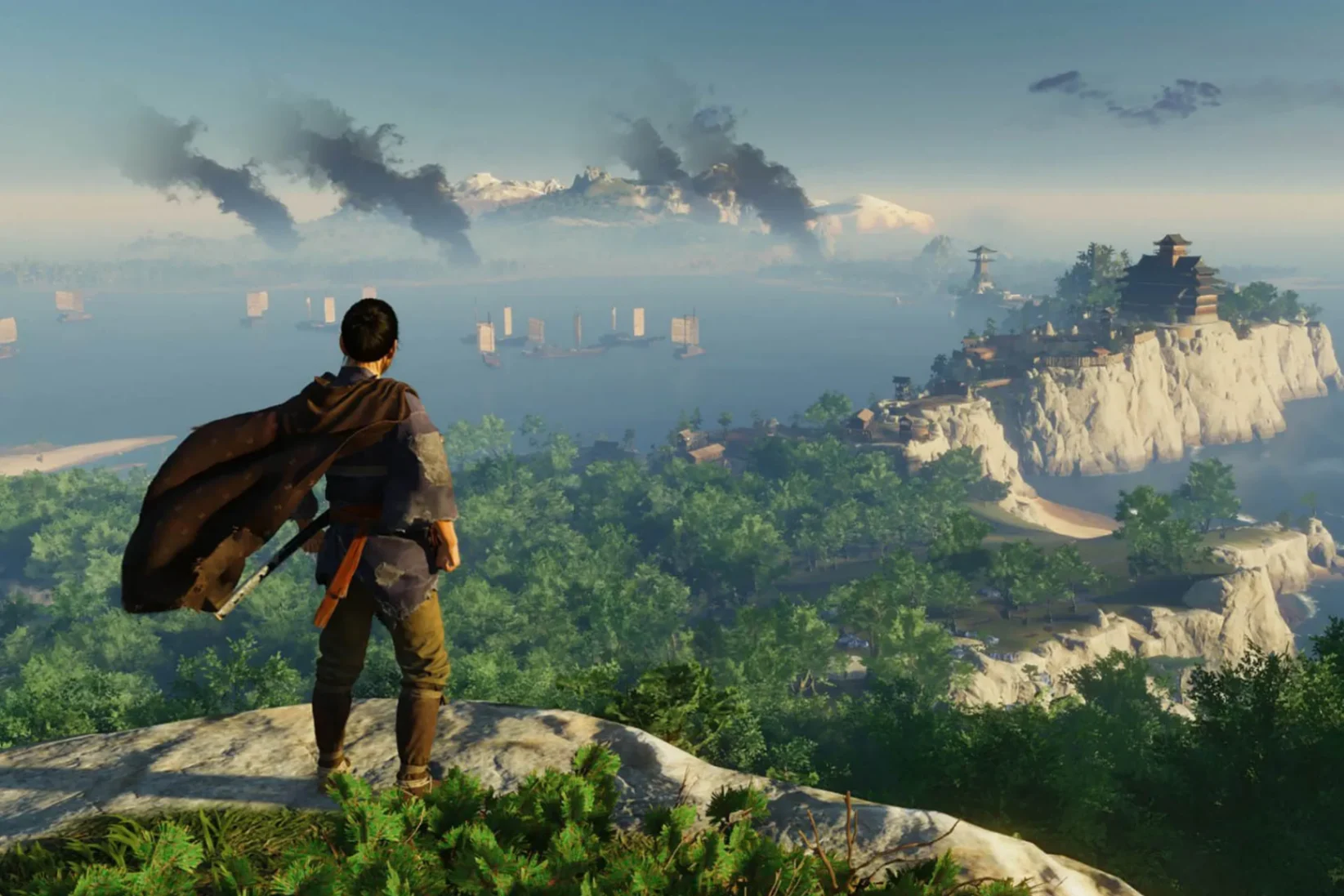
Conclusion
The trip across Tsushima Island, while it is very beautiful, feels brought down by a repeating open-world style that does not have enough depth. Sucker Punch made a strong story with Jin Sakai and the fight against the Mongol invaders, but the game play can end up feeling like hard work. This can cover up the deep cultural picture they wanted to share. The places are green and pretty, and the changing weather is nice. But, this still does not cover up problems with side quests that keep using the same steps over and over. In the end, what could have been a great tribute to feudal Japan with Jin Sakai, turns into just another game like many others out there.
Frequently Asked Questions
Is Ghost of Tsushima historically accurate?
Ghost of Tsushima uses many parts from the real mongol invasion of Japan. At the same time, the game takes some ideas and changes them for the story they want to tell. Some people and events in the game are made up, and not real. But the creators still try to show traditional Japanese culture in a true way. The game mixes history with fun and exciting play.
Can I play Ghost of Tsushima on platforms other than PlayStation?
Right now, Ghost of Tsushima is only out for PlayStation consoles. You can play it on the PS4 or PS5. There have been some rumors that this game may come to PC later. But at this time, people who want to play the game can get it on PlayStation platforms only.
What new content does the Director’s Cut offer?
The Director’s Cut brings the iki island expansion. In this new part, you get a new story and fresh settings to explore. Players will find more mythic tales, new things to collect, and better visuals. On the PS5, the controller helps you feel the game more with haptic feedback and trigger changes. These features make the gameplay in the director’s cut of iki island even better.
Is multiplayer available in Ghost of Tsushima?
Ghost of Tsushima does not have a standard multiplayer mode in the main story. But, the game has a separate part called Ghost of Tsushima: Legends. In Legends, you get to play in a multiplayer mode with your friends. The two of you can work together on different missions and challenges in the same game world.
Are there plans for a sequel to Ghost of Tsushima?
At this time, there is no official news about a second Ghost of Tsushima game. The game has become very popular, and many people like it. Because of this, the makers might decide to keep telling Jin Sakai’s story in the future. Many fans are looking forward to more new adventures.
